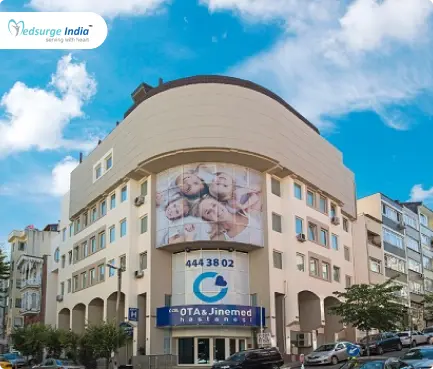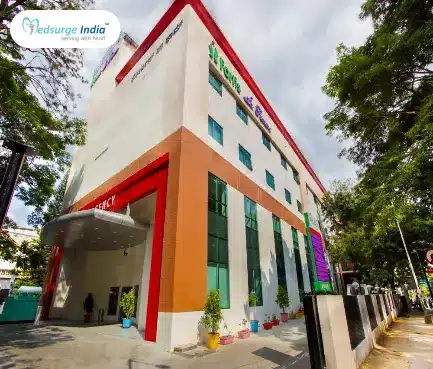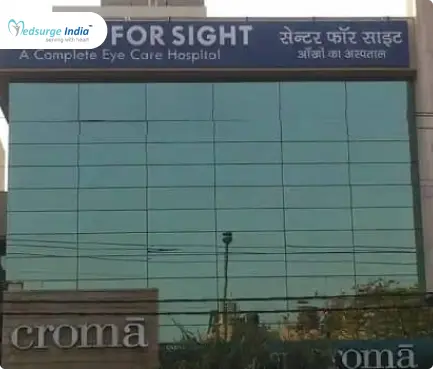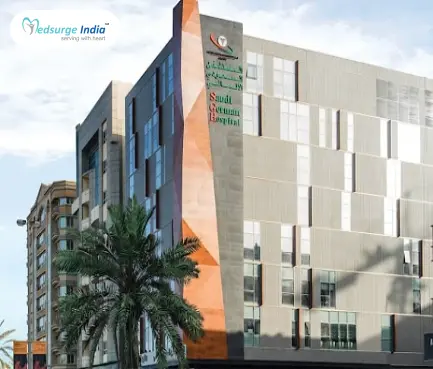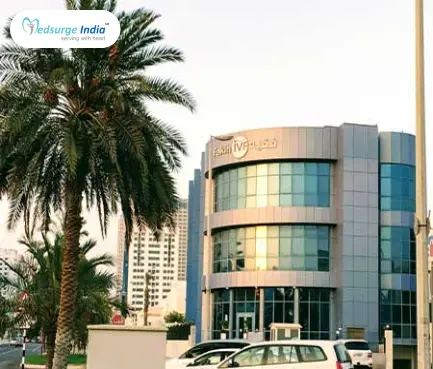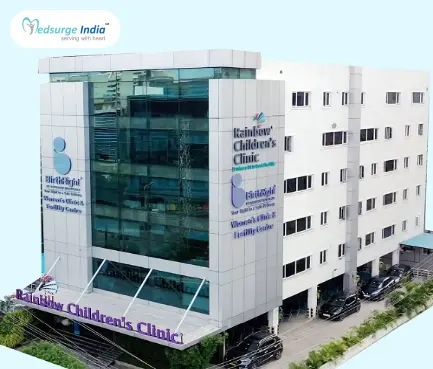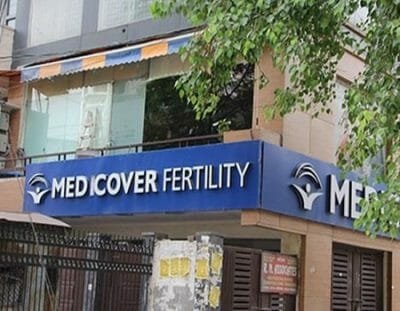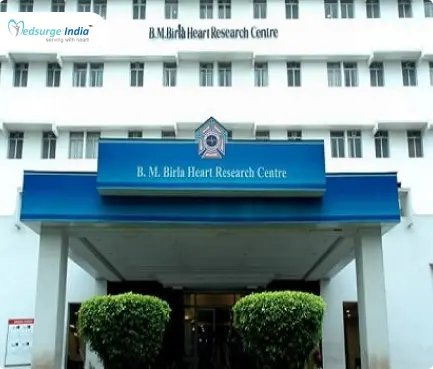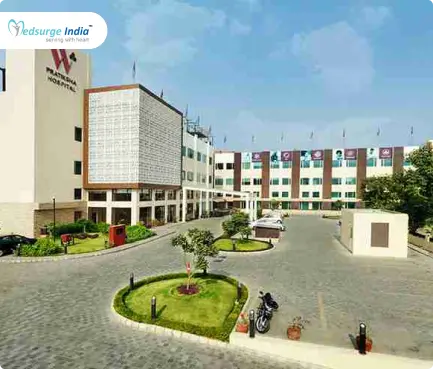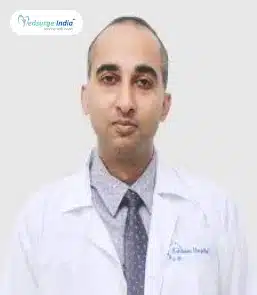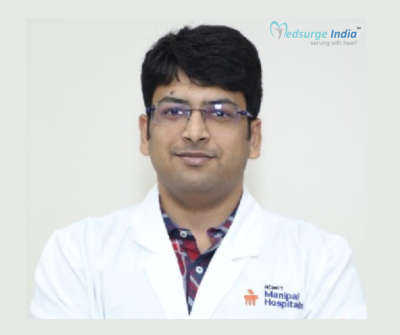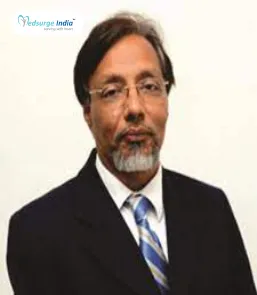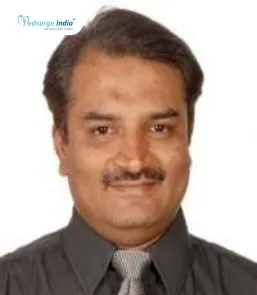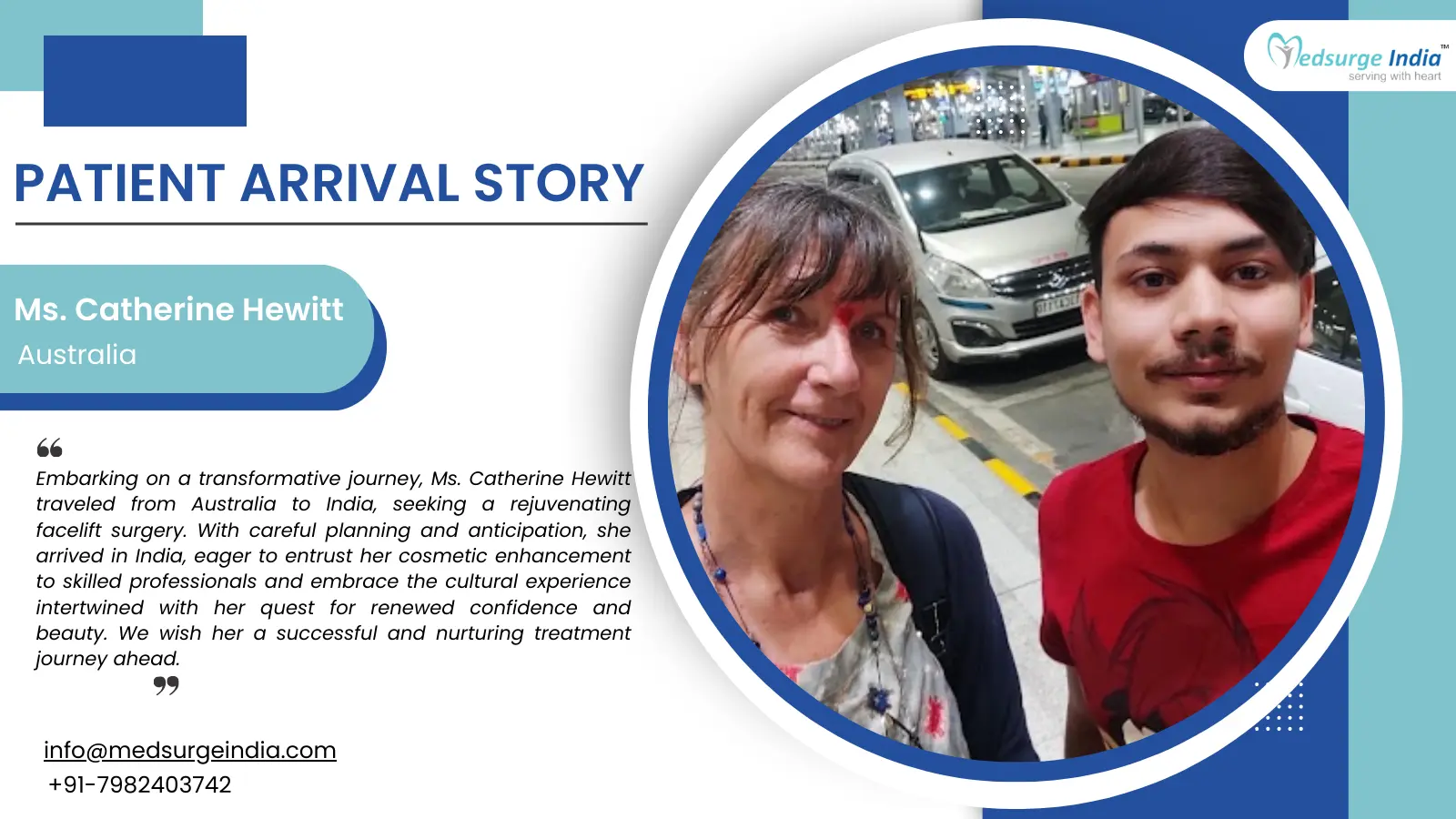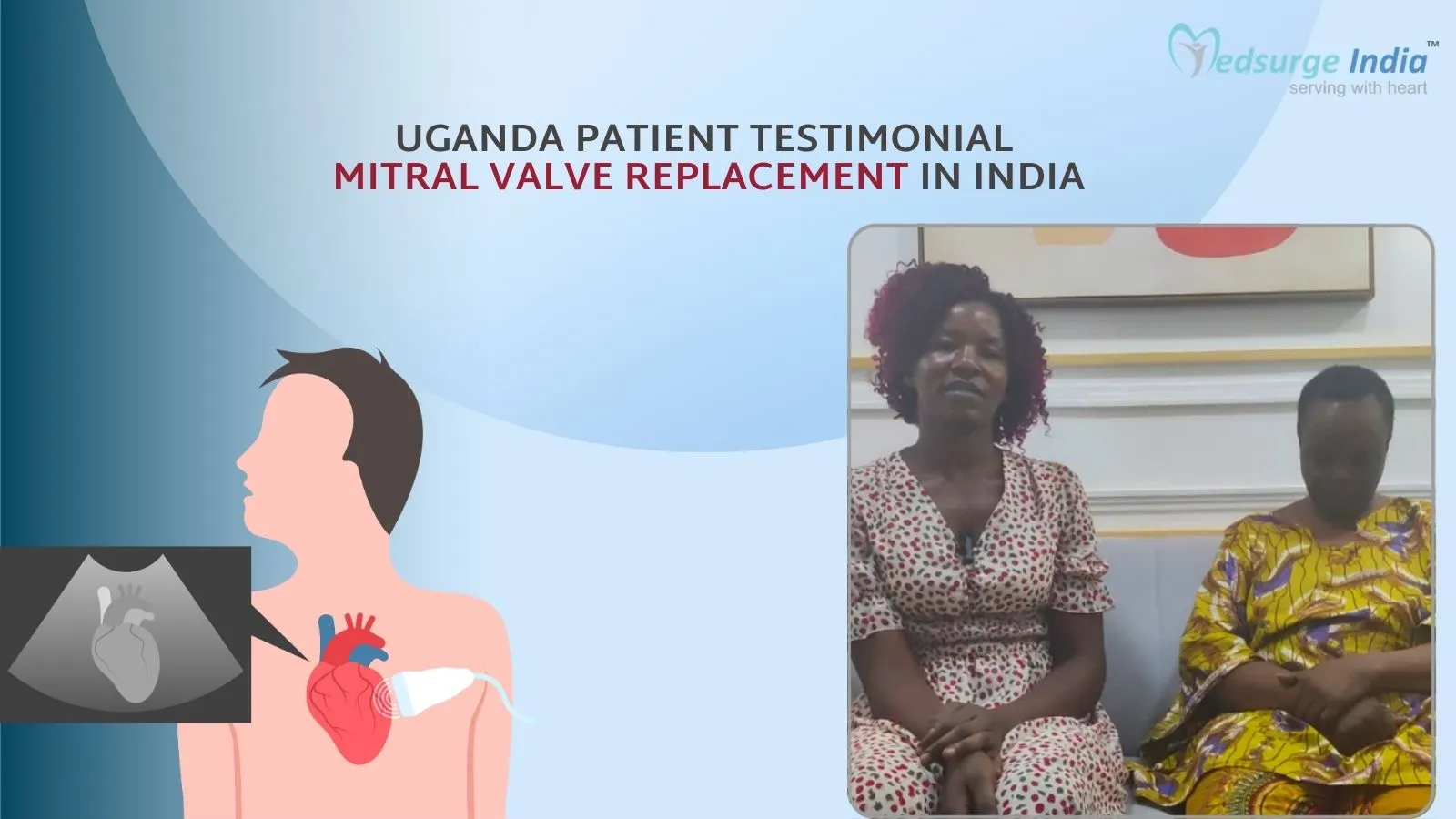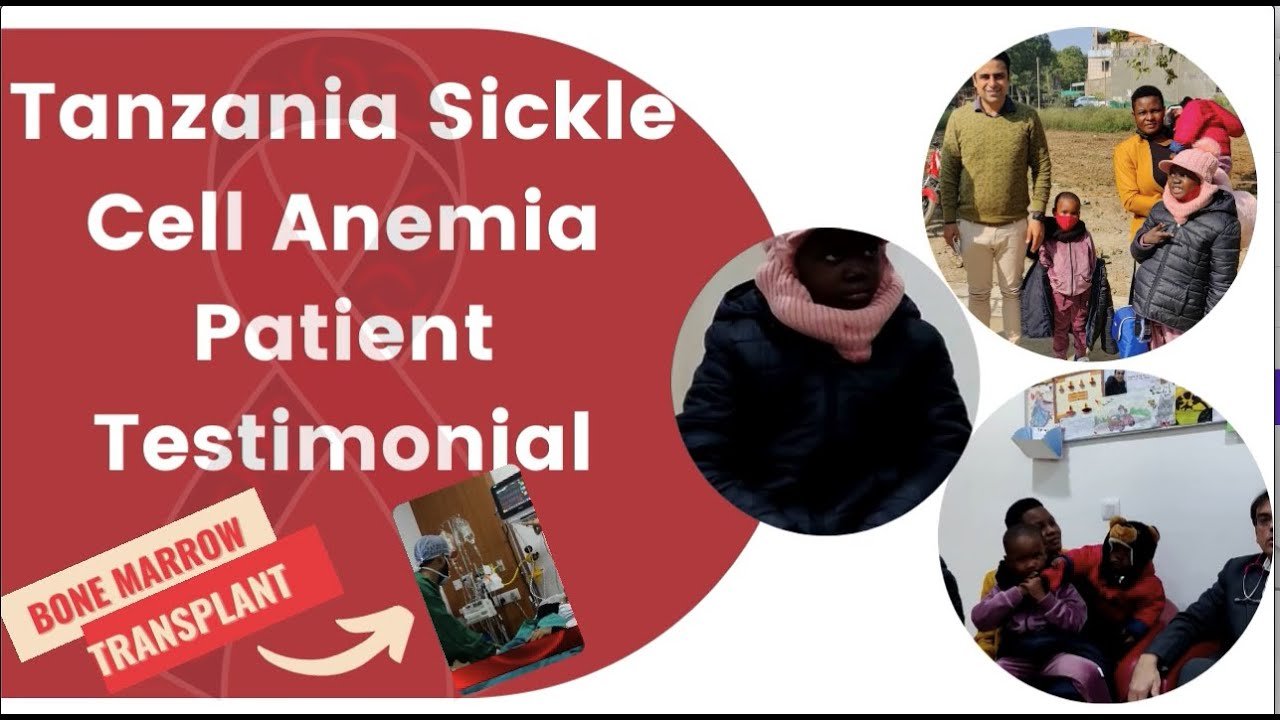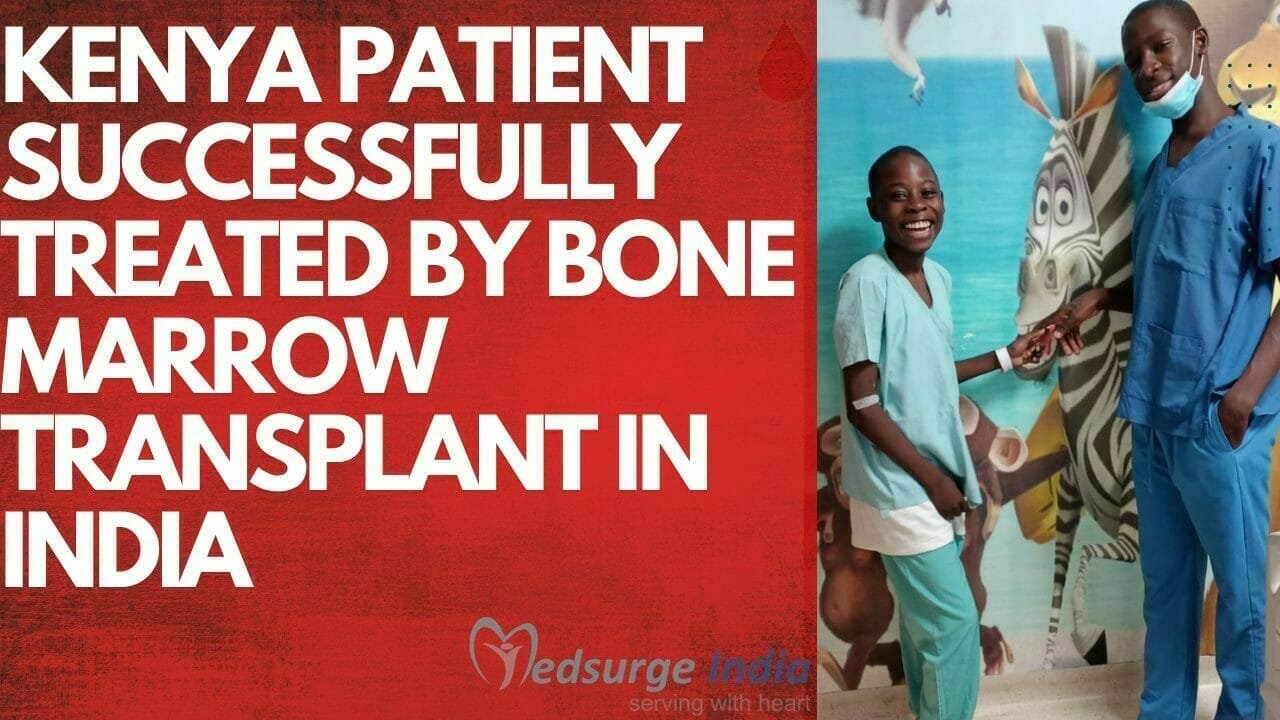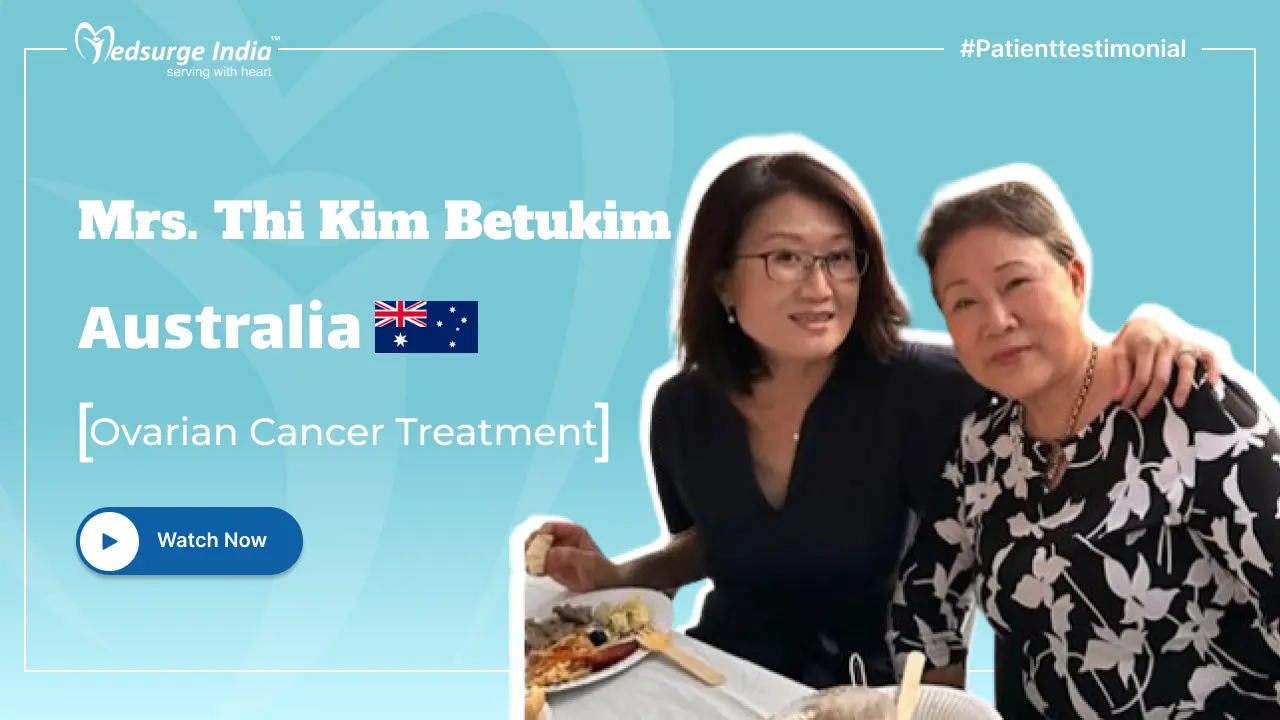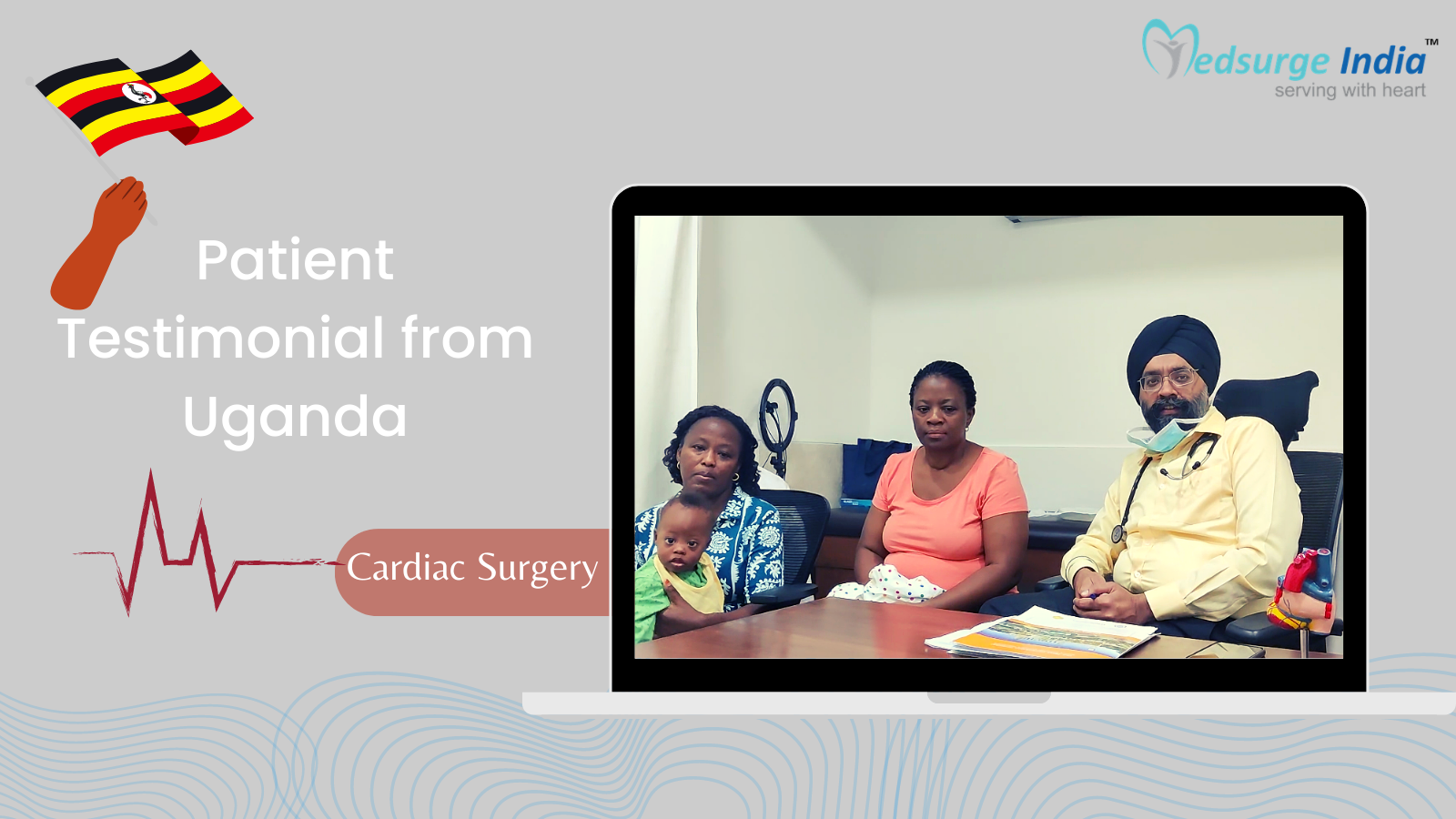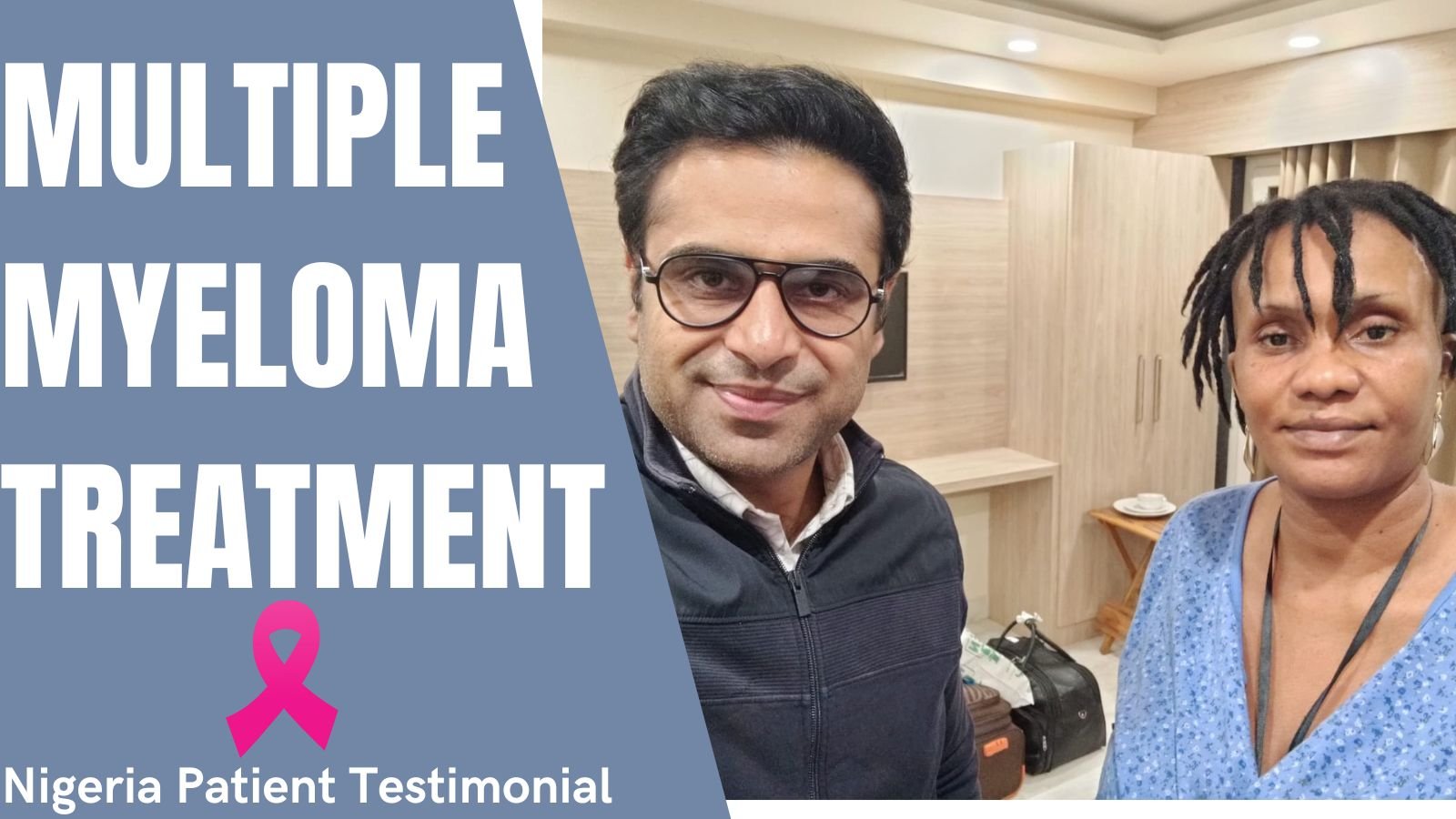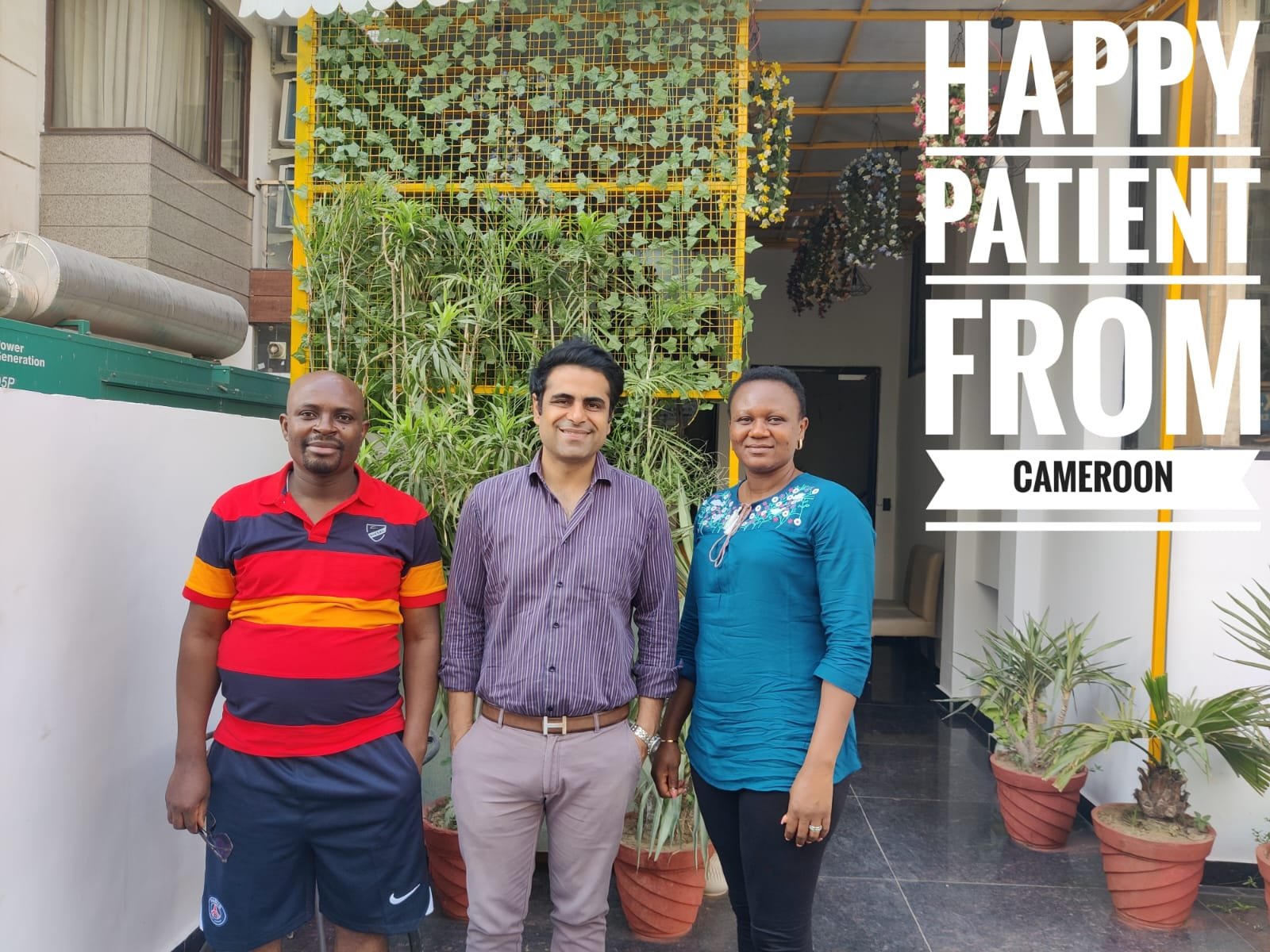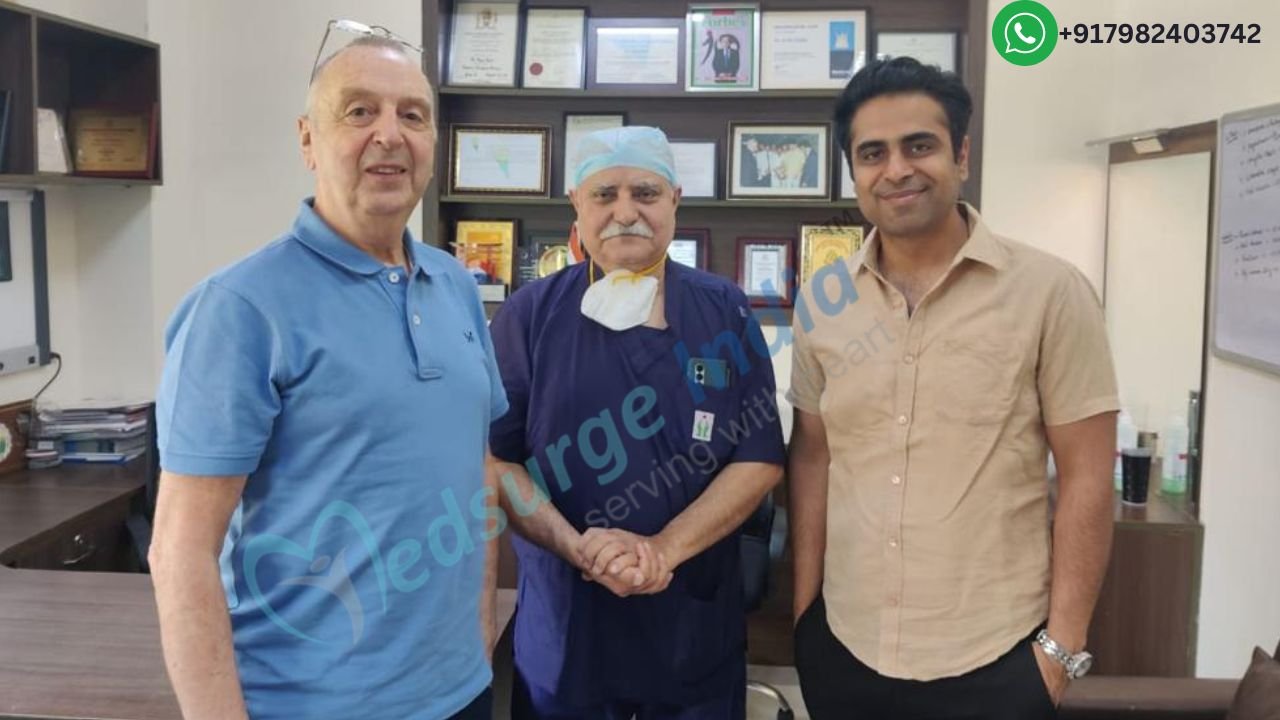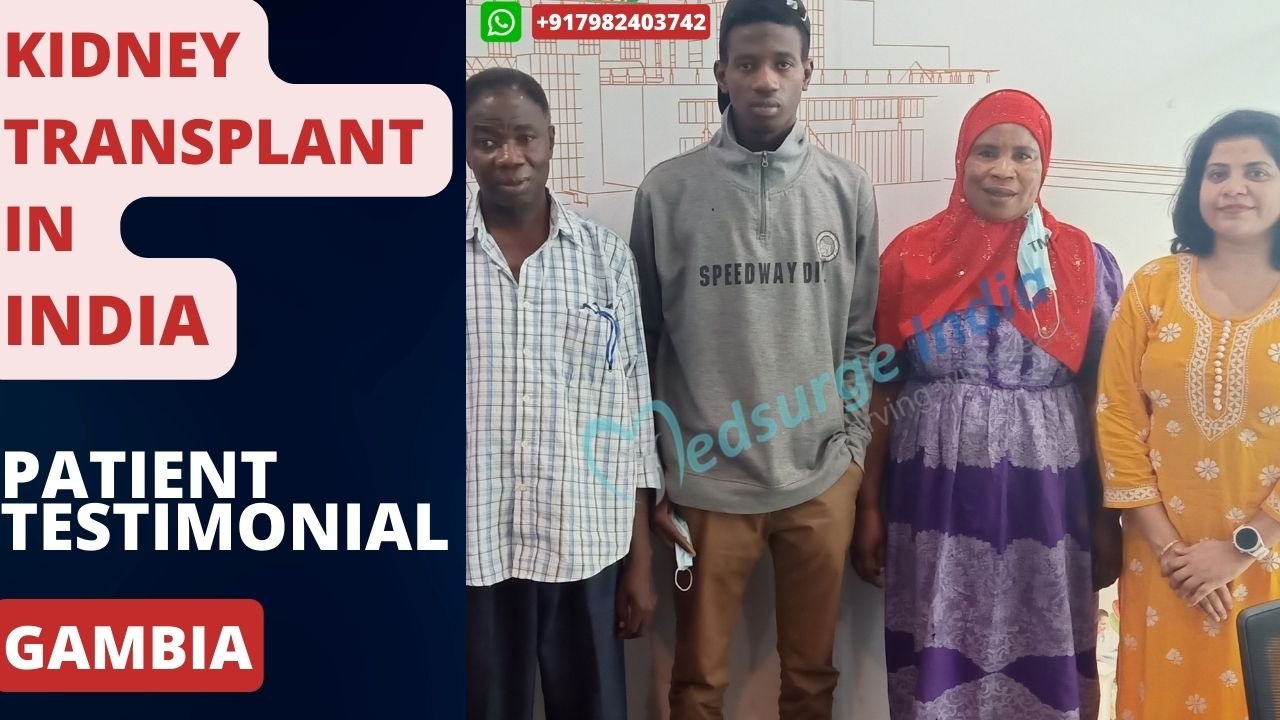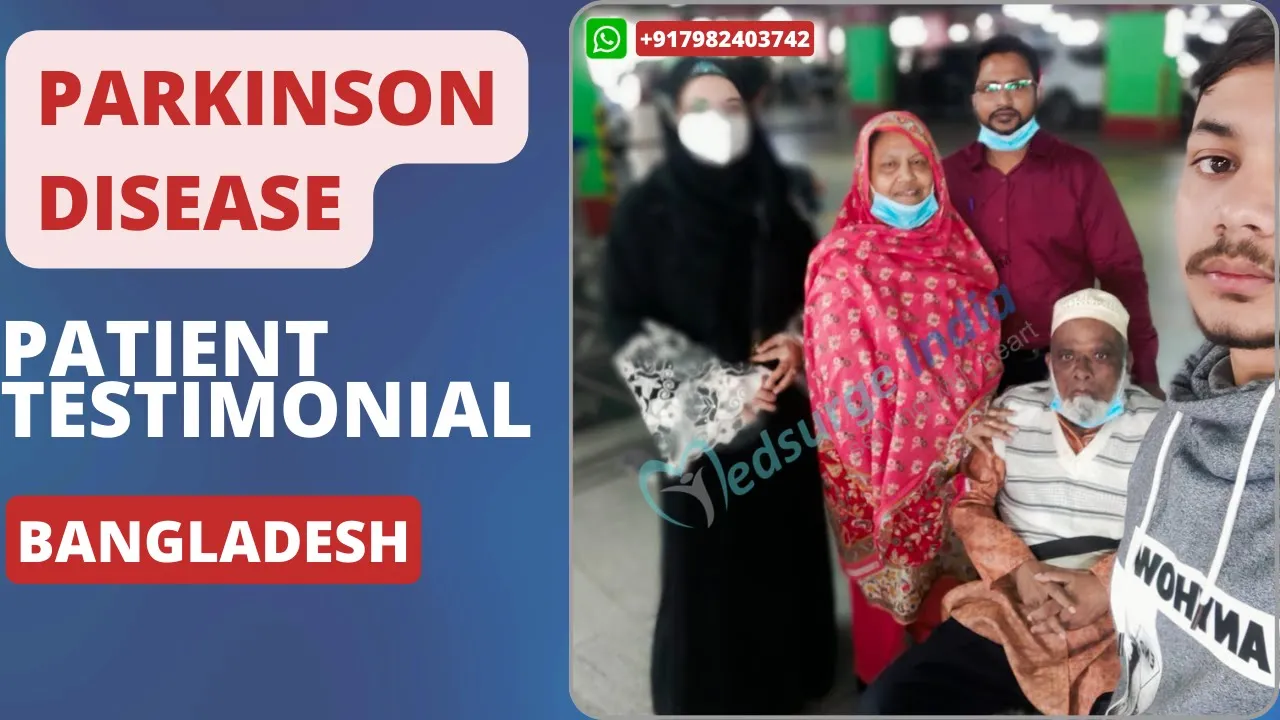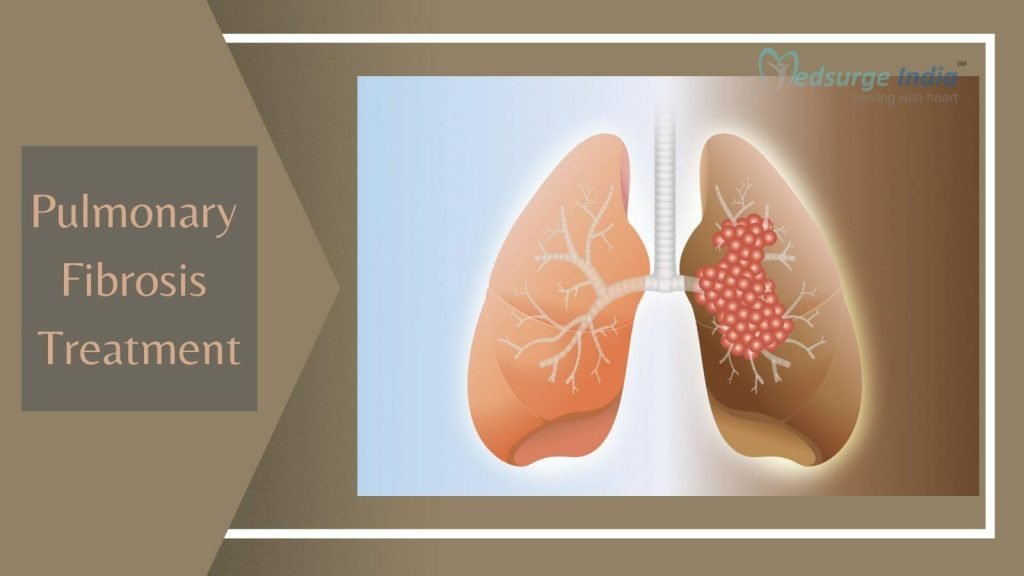
The most common type of lung disease is pulmonary fibrosis, which is characterized by the scarring and damage of lung tissues. Because of the rigidity of the tissues caused by lung scarring, the lung’s normal functioning is severely impaired. The patient’s ability to breathe normally has been compromised. The condition could be caused by a variety of reasons, although the origin is usually unclear. Idiopathic pulmonary fibrosis is the name given to such cases. The lungs are irreversibly damaged by pulmonary fibrosis, however, pulmonary fibrosis treatment in India can assist to alleviate the symptoms. A lung transplant may be the best option, but it comes with risks.
The pulmonary fibrosis treatment cost in India depends upon various factors like age and the health of the patient.
What Is Pulmonary Fibrosis?
Pulmonary fibrosis is a term that refers to a group of significant lung disorders that affect the respiratory system. Pulmonary fibrosis scars and thickens lung tissue. It affects the lung’s connective tissue as well as the alveoli (air sacs inside the lungs).
The damage to the lungs worsens over time. Lung tissues that are rigid and stiff don’t expand as well as they should, making breathing difficult. When you have pulmonary fibrosis, you may experience shortness of breath while performing regular tasks that never seemed tiring before.
Scarring of the lungs occurs in people with pulmonary fibrosis, and it progresses until the lungs can no longer give enough oxygen to the body’s organs and tissues. Some individuals with pulmonary fibrosis develop more serious lung disorders, such as lung cancer, pulmonary emboli (blood clots in the lungs), pneumonia, or excessive blood pressure in the lung’s blood vessels (pulmonary hypertension). The majority of those who are affected live for 3 to 5 years after being diagnosed. The disease’s progress, however, is exceedingly diverse; some people become seriously ill in a couple of months, while others may live with it for a decade or longer.
What Are the Symptoms of Pulmonary Fibrosis?
The following are some of the signs and symptoms of pulmonary fibrosis:
- Breathing problems (dyspnea)
- Coughing that is dry
- Fatigue
- Unexplained weight loss
- Pain in muscles and joints
- The tips of the fingers or toes get wider and rounder (clubbing)
The progression of pulmonary fibrosis, as well as the severity of symptoms, varies greatly from person to person. Some people fall ill with a severe ailment very quickly. Others have mild symptoms that gradually increase over months or years.
Some people experience the following symptoms as the condition progresses:
- Clubbing: A different-looking fingertips or toes, such as broader or more spherical.
- Cyanosis: It is a condition in which the skin becomes bluish (in fair-skinned people) or grey or white (in dark-skinned people) due to a lack of oxygen in the blood.
Some people may have a sudden worsening of their symptoms (acute exacerbation), such as severe shortness of breath, that lasts for days or weeks. A mechanical ventilator may be used to help those with acute exacerbations. Antibiotics, corticosteroids, and other drugs may be prescribed by doctors to treat an acute exacerbation.
What Are the Causes of Pulmonary Fibrosis?
When people are exposed to pollution, certain drugs, or an infection, they can develop pulmonary fibrosis. Doctors, on the other hand, are mystified as to what causes pulmonary fibrosis.
The tissue surrounding and between the air sacs (alveoli) in your lungs scars and thickens as a result of pulmonary fibrosis. As a result of this, it becomes more difficult for oxygen to enter your bloodstream. Long-term exposure to certain toxins, specific medical disorders, radiation therapy, and some drugs, among other things, can cause damage.
Some risk factors may increase your chances of developing Pulmonary Fibrosis:
- Age: Almost everyone with pulmonary fibrosis is over the age of 50.
- At work or home: breathing in wood or metal dust
- Gender: About 75% of people diagnosed with IPF are men.
- Genetics: Up to 20% of people who have IPF have a family member with similar lung disease.
- Disorder: Acid reflux disease is a common ailment.
- Addiction: Cigarette smoking
Pulmonary Fibrosis Treatment Cost in India
The average Pulmonary Fibrosis Treatment Cost in India starts from USD 1,069. The pricing of the treatment will vary depending on the type of hospital or the location you choose.
Cost of Pulmonary Fibrosis Treatment in India
| Treatment | Starting Price |
| Lung Transplant | USD 25,000 |
Estimated prices depending on different cities in India
| Cities | Starting Price |
| Delhi | USD 1,069 |
| Gurgaon | USD 1,069 |
| Noida | USD 1,069 |
| Mumbai | USD 1,069 |
| Hyderabad | USD 1,069 |
| Chennai | USD 1,069 |
| Kolkata | USD 1,069 |
| Bangalore | USD 1,069 |
Note: Do remember that the pricing and the treatment for Pulmonary Fibrosis Treatment cost in India will vary depending on the patient’s choice and other various factors.
Factors That Can Affect Pulmonary Fibrosis Treatment Cost in India
The following here are some variables that can affect Pulmonary Fibrosis Treatment Cost in India:
- Medication costs.
- Duration of treatment.
- Geographical location.
- Hospitalization expenses.
- Government policies and subsidies.
- Medical tourism packages.
- Hospital reputation and infrastructure.
- The expertise and experience of medical professionals.
- The type and frequency of diagnostic procedures.
- The choice of treatment modality.
Furthermore, even the standard and grade of medical care and amenities are comparable to those of the most prestigious healthcare facilities in the world, even when the expense of lodging, meals, and transportation is taken out.
Also, under the direction of the most skilled physicians, Medsurge India provides patients with the lowest Pulmonary Fibrosis Treatment Cost in India.
How Is the Diagnosis of Pulmonary Fibrosis done?
Your medical history will be examined by your healthcare provider. You will also get a physical exam to assess your symptoms thoroughly. They may listen to your breathing with a stethoscope, looking for unusual sounds (like crackling).
Pulmonary fibrosis might appear similar to other, more common lung diseases, making identification complicated. To diagnose pulmonary fibrosis, your doctor may request one or more of the following tests:
- Blood Tests: Blood tests may be performed by your doctor to rule out other diseases or causes of your symptoms. After a diagnosis, lab tests can help physicians track disease progression (how it affects your body over time).
- Imaging Tests: A chest X-ray or CT scan may be used to rule out other lung diseases. These images can clearly show lung scarring and may help to confirm a diagnosis of pulmonary fibrosis.
- Breathing Tests: Pulmonary function tests are another name for these exams. Various devices are used to assess lung function and capacity (how well your lungs work).
- Oxygen Desaturation Study: This test measures the amount of oxygen in your blood. You take a six-minute walk while putting a probe on your finger or forehead.
- Biopsy: Through a small incision in the ribs, a surgeon takes a small sample of lung tissue. A lung biopsy is often used to confirm a pulmonary fibrosis diagnosis.
Get Free Cost Estimation
Procedure
How Is Pulmonary Fibrosis Treated?
Pulmonary fibrosis causes lung scarring that cannot be reversed, and no current treatment for pulmonary fibrosis in India has proven to be useful in slowing the disease’s progression. Some medications may temporarily relieve symptoms or reduce the progression of the condition. Others may be able to assist in improving one’s quality of life. Doctors will assess the severity of your ailment in order to decide the best treatment option for you.
One or more of the following treatments may be suggested by your doctor:
Oxygen Therapy
Giving your body more oxygen makes it easier to breathe. It may also help you feel more energetic and healthier.
Pulmonary Rehabilitation
Pulmonary rehabilitation can help you better control your symptoms and function on a daily basis. The following topics are addressed in pulmonary rehabilitation programs:
- To strengthen your endurance, engage in some physical activity.
- Breathing strategies that may help you breathe more efficiently
- Nutritional guidance
- Counseling and assistance
- Educate yourself about your disease.
Lung Transplant
For those with pulmonary fibrosis, lung transplantation may be a possibility. A lung transplant can significantly improve your quality of life and allow you to live longer. However, problems such as rejection and infection might occur after a lung transplant. Your doctor may suggest a lung transplant as a treatment option for your disease.
There is currently no cure for pulmonary fibrosis. However, scientists from all across the world are attempting to change that.
Consult your doctor to see if you qualify for a clinical trial. Participating in a clinical study may provide you the opportunity to try one of the most cutting-edge pulmonary fibrosis treatments.
Role of Medication
Newer drugs, such as pirfenidone (Esbriet) and nintedanib (Ofev), may be recommended by your doctor. Pulmonary fibrosis can be slowed with the use of these drugs.
Anti-acid drugs may be prescribed by doctors to treat gastroesophageal reflux disease (GERD), a digestive disorder that is frequent in persons with idiopathic pulmonary fibrosis.
Conclusion
Living with pulmonary fibrosis necessitates being actively involved in your own care and being as healthy as possible. As a result, it’s important to:
- Quit Smoking
- Eat healthy food
- Active lifestyle
- Proper rest
- Practice healthy habits
- Get vaccinated
- Regular check-ups with a doctor
If you have pulmonary fibrosis, you will almost certainly need to see a pulmonologist (lung specialist) on a frequent basis. Your healthcare practitioner will collaborate with you to ensure that your lung function is preserved and that you have the best possible quality of life. They’ll work with you to identify the best medication, supportive care, and clinical trials to address the symptoms of pulmonary fibrosis. Joining a pulmonary fibrosis support group might help you get personal information and guidance from people who have been through similar experiences.
The Most Important Frequently Asked Questions
Q: Is It Possible to Recover from Pulmonary Fibrosis?
A: Pulmonary fibrosis causes lung scarring that cannot be reversed, and no current treatment has proven to be useful in slowing the disease’s progression. Some medications may temporarily relieve symptoms or reduce the progression of the condition. Others may be able to assist in improving one’s quality of life.
Q: What Causes Pulmonary Fibrosis in the First Place?
A: Environmental contaminants, certain drugs, various connective tissue illnesses, and interstitial lung disease are all causes of pulmonary fibrosis. The term “interstitial lung disease” refers to a range of disorders that cause the lungs to become inflamed or scarred. In the vast majority of cases, the cause is unknown.
Q: Is It True That Pulmonary Fibrosis Is Invariably Fatal?
A: Yes, most doctors consider pulmonary fibrosis to be a deadly illness. Pulmonary fibrosis is a disease that worsens over time (gets worse over time). There is no cure, and it will eventually kill you. Many factors influence how long and well patients with pulmonary fibrosis can live.
Q: Is Oxygen Beneficial in the Treatment of Pulmonary Fibrosis?
A: It’s termed oxygen therapy or supplemental oxygen when you utilize oxygen as a medical treatment. The majority of people with pulmonary fibrosis require oxygen at some time throughout their treatment. You may require oxygen during the day, only at night, or when exercising.
Q: Is Walking Beneficial for Pulmonary Fibrosis?
A: Pulmonary rehab is an exercise, education, and support program that teaches you how to breathe better and strengthens your lungs. Walking on a treadmill, riding a stationary bike, stretching, and modest weight training are all common pulmonary rehab activities. Make use of your oxygen.
Top Hospitals for Pulmonary Fibrosis Treatment in India
Top Doctors for Oncology and Oncosurgery
Dr. Arun Behl
Consultant
Experience: 24 years of experience
Fortis Hospital, Mulund, Mumbai
Mumbai, India
Dr. Gautam Mukhopadhyay
Consultant
Experience: 25 years of experience
Ruby General Hospital, Kolkata
Kolkata, India
Dr.Pranav Chadha
Consultant
Experience: 13 years of experience
Kokilaben Dhirubhai Ambani Hospital Mumbai
Mumbai, India
Dr. Muzammil Shaikh
MBBS, MD - General Medicine, DNB - Medical Oncology, DM - Oncology
Experience: 20 years of experience
Nanavati Super Specialty Hospital, Mumbai
Mumbai, India
Dr Santanu Sen
Consultant
Experience: 14 years of experience
Kokilaben Dhirubhai Ambani Hospital Mumbai
Mumbai, India
Dr. Vaibhava Srivastava
Consultant
Experience: 9 years of experience
Apollo Medics Super Speciality Hospital, Lucknow
Lucknow, India
Dr. Vinodh Maddireddy
Director
Experience: 10 years of experience
Medicover Cancer Institute, Hyderabad
Hyderabad, India
Dr. Anil Kumar MR
Consultant
Experience: 18 years of experience
Fortis Hospital, Bangalore (Bannerghatta Road)
Bangalore, India
Dr. Sewanti Limaye
Consultant , MBBS, MD, MS, Fellowship
Experience: 17 years of experience
Sir H. N. Reliance Foundation Hospital and Research Centre
Mumbai India
Dr. Rahul S Kanaka
Consultant
Experience: 12 years of experience
Manipal Hospital Sarjapur Road, Bengaluru
Bengaluru, India
Dr. Rajesh Jindal
Consultant
Experience: 23 years of experience
Fortis Hospital, Anandapur, Kolkata
Kolkata, India
Dr. Vivek Agarwala
Senior Consultant
Experience: 17+ years of experience
Narayana Superspeciality Hospital, Shibpur, Howrah
Howrah, India







